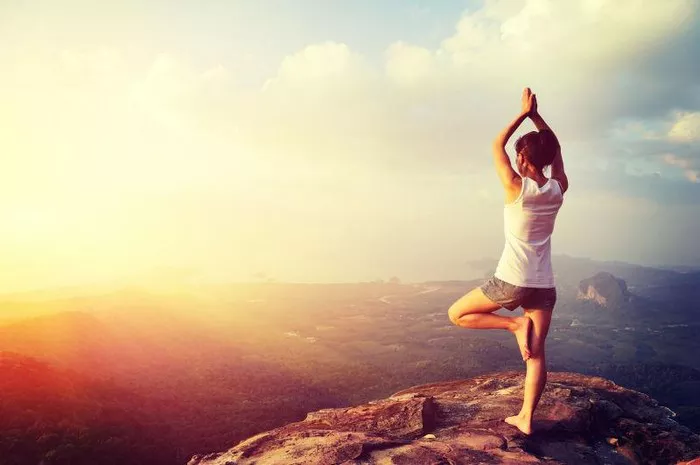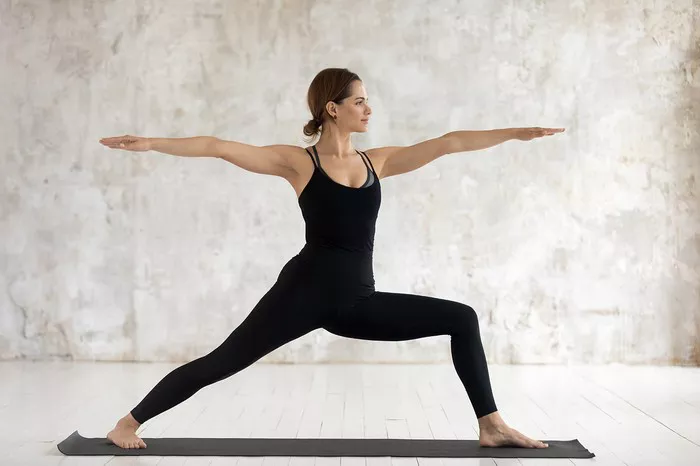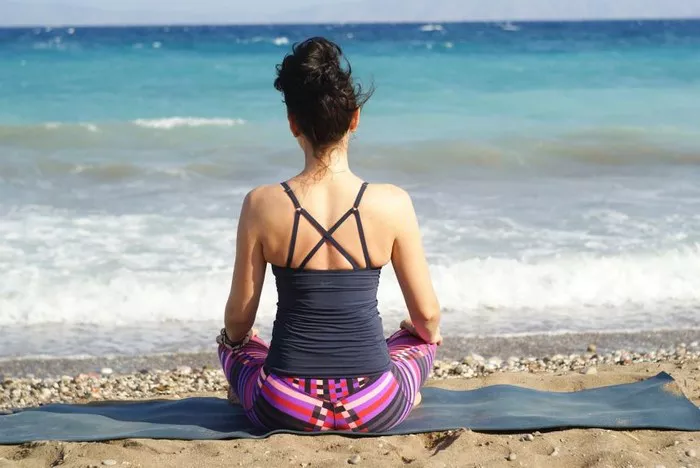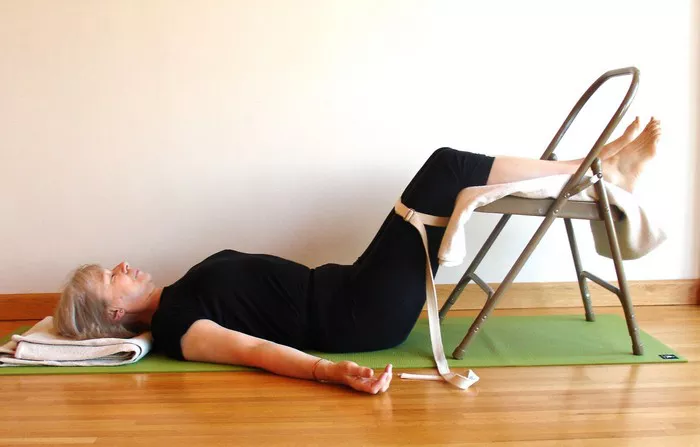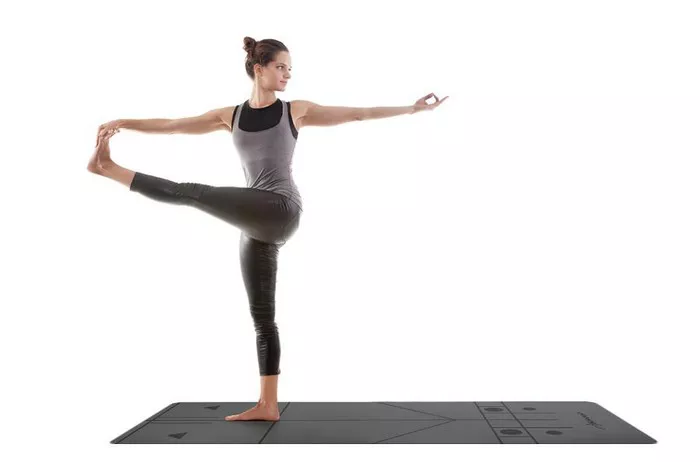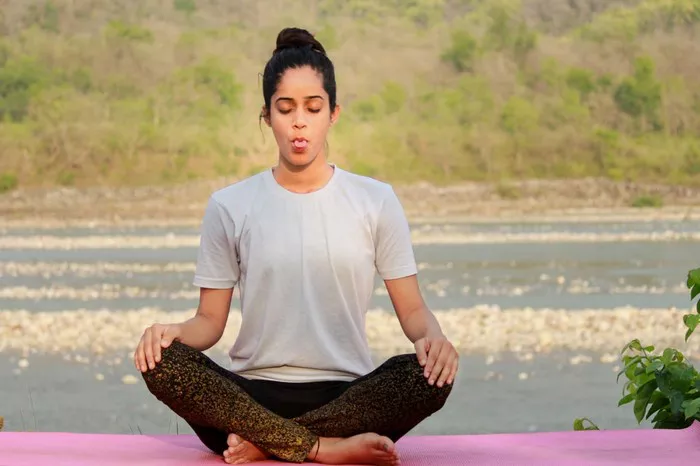Ashtanga Yoga, a dynamic and structured system of yoga, emphasizes the importance of synchronization between breath, movement, and mind. The time at which one practices this ancient discipline can significantly impact the overall experience and benefits derived from it. Whether choosing the morning’s first light or the evening’s tranquil hours, each time of day presents unique advantages and considerations that align with different physiological, psychological, and lifestyle factors. Understanding these aspects can help practitioners make an informed decision about the most suitable time for their Ashtanga Yoga practice.
Morning Ashtanga Yoga: Energizing the Day Ahead
Awakening the Body and Mind
Practicing Ashtanga Yoga in the morning serves as a powerful way to awaken the body and mind from the slumber of the night. After hours of rest, the body may feel stiff and the mind groggy. The physical postures (asanas) in Ashtanga Yoga, combined with the rhythmic breath (pranayama), gently stretch and strengthen the muscles, increase blood circulation, and invigorate the nervous system. For instance, postures like Surya Namaskar (Sun Salutation), which is often a part of the Ashtanga sequence, warms up the body, mobilizes the joints, and stimulates the endocrine glands, providing an immediate boost of energy. The focus on breath – awareness during the practice also helps to clear the mind, enhancing mental clarity and focus, making it an ideal start to tackle the day’s tasks.
Establishing a Positive Routine
Morning Ashtanga Yoga practice can be an excellent foundation for establishing a positive daily routine. When one commits to practicing early in the day, it sets a tone of discipline and self – care. This routine becomes a non – negotiable part of the day, ensuring that the practice is not compromised by the busyness and unexpected events that may occur later. Moreover, starting the day with a yoga practice encourages healthy habits throughout the day, such as making better food choices, staying hydrated, and maintaining a positive attitude. It creates a sense of accomplishment right from the start, boosting self – confidence and motivation.
Aligning with Natural Rhythms
The morning hours are associated with the energy of the sun, which is believed to bring warmth, light, and vitality. Practicing Ashtanga Yoga during this time allows practitioners to align with these natural rhythms. According to traditional yoga philosophy, the body’s energy channels, or nadis, are more open and active in the morning. This makes it an opportune time to balance and harmonize the flow of prana (life force energy) within the body. The combination of the rising sun and the physical practice can enhance the purification process of the body and mind, facilitating a deeper connection with one’s inner self.
Evening Ashtanga Yoga: Unwinding and Rejuvenating
Releasing Tension and Stress
After a long day filled with various stressors, practicing Ashtanga Yoga in the evening offers a perfect opportunity to release accumulated tension and stress. The physical movements in the practice help to relax the muscles that have been tightened throughout the day due to sitting, standing, or emotional stress. Postures like Balasana (Child’s Pose) and Paschimottanasana (Seated Forward Bend) promote deep relaxation, stretching the back, shoulders, and hips. Additionally, the focus on breath during the practice activates the parasympathetic nervous system, which is responsible for the body’s rest – and – digest response. This helps to lower the heart rate, reduce blood pressure, and induce a state of calmness, allowing the body and mind to unwind completely.
Enhancing Sleep Quality
Evening Ashtanga Yoga practice can have a profound impact on sleep quality. By relaxing the body and calming the mind, it prepares the body for a restful night’s sleep. The gentle stretches and the slow, controlled breathing in the practice release endorphins, which are natural mood – elevating chemicals. These endorphins not only reduce stress but also promote a sense of well – being, making it easier to fall asleep and stay asleep. Moreover, the physical fatigue induced by the practice can help the body achieve a deeper and more restorative sleep, ensuring that the body and mind are fully rejuvenated by the next morning.
Reflecting and Connecting
The evening provides a quieter and more introspective atmosphere, making it an ideal time for self – reflection during Ashtanga Yoga practice. Away from the distractions of the day, practitioners can focus more deeply on their inner thoughts, emotions, and sensations. This self – awareness can lead to a better understanding of one’s own patterns and behaviors, facilitating personal growth and self – improvement. The practice in the evening also allows for a more profound connection with the self, as the mind is less preoccupied with external tasks and responsibilities, enabling a more immersive and meaningful yoga experience.
Factors to Consider When Choosing the Time
Personal Lifestyle and Schedule
One of the most crucial factors in deciding whether to practice Ashtanga Yoga in the morning or evening is personal lifestyle and schedule. Those with busy work or family commitments during the day may find it more feasible to practice in the morning before the day gets underway. On the other hand, individuals who have more flexibility in the evening may prefer to use that time for their yoga practice. It’s important to choose a time that can be consistently maintained, as regularity is key to reaping the full benefits of Ashtanga Yoga. For example, if someone has to wake up very early for work, a morning practice might be too rushed and less effective, while an evening practice could provide a more relaxed and focused session.
Body’s Natural Energy Levels
Everyone has their own natural energy rhythms. Some people are naturally more energetic in the morning, feeling refreshed and ready to take on physical challenges. For these individuals, a morning Ashtanga Yoga practice can capitalize on this high – energy state, allowing them to perform the postures with greater strength and enthusiasm. Conversely, others may experience a boost in energy in the evening after a day of activities. These people may find that an evening practice enables them to push themselves further in the postures and engage more deeply with the practice. Understanding one’s body’s energy levels throughout the day can help in selecting the time when the practice will be most productive and enjoyable.
Goals of the Practice
The specific goals of the Ashtanga Yoga practice can also influence the choice of time. If the goal is to increase energy, improve focus, and start the day on a positive note, a morning practice is likely more suitable. On the contrary, if the aim is to relax, reduce stress, and prepare for a good night’s sleep, an evening practice would be a better option. Additionally, for those who are looking to deepen their spiritual practice and engage in more introspection, the quieter and more contemplative evening hours may provide a more conducive environment.
Tips for a Successful Ashtanga Yoga Practice at Any Time
Warm – Up and Cool – Down
Regardless of whether the practice is in the morning or evening, a proper warm – up and cool – down are essential. In the morning, the body may need more time to warm up as it is coming out of a state of rest. Starting with gentle movements, such as neck rolls, shoulder shrugs, and ankle rotations, can gradually prepare the body for the more intense postures of the Ashtanga sequence. After the practice, a cool – down with relaxation poses helps to bring the body and mind back to a state of calm. In the evening, while the body may already be somewhat warmed up from daily activities, a warm – up is still necessary to prevent injuries. The cool – down in the evening is especially important to relax the muscles and calm the mind before sleep.
Breath Awareness
Breath awareness is a fundamental aspect of Ashtanga Yoga. Focusing on the breath throughout the practice helps to synchronize the movements, calm the mind, and enhance the flow of prana. Whether practicing in the morning or evening, making a conscious effort to breathe deeply, evenly, and smoothly can significantly improve the quality of the practice. In the morning, the breath can be used to invigorate the body, while in the evening, it can be used to relax and soothe the mind.
Listen to Your Body
Every body is different, and it’s important to listen to one’s own body during Ashtanga Yoga practice. If the body is feeling particularly tired or stiff in the morning, it may be necessary to modify the postures or take more breaks. Similarly, in the evening, if the body is already fatigued from the day, it’s crucial not to overexert. Paying attention to how the body feels during and after the practice allows for adjustments to be made, ensuring a safe and beneficial experience.
Conclusion
The decision of whether to practice Ashtanga Yoga in the morning or evening ultimately depends on individual preferences, lifestyle, body rhythms, and practice goals. Both morning and evening practices offer distinct advantages. Morning practice energizes the body and mind, establishes a positive routine, and aligns with natural rhythms. Evening practice, helps to release stress, enhance sleep quality, and provides an opportunity for self – reflection. Whether it’s greeting the dawn with a powerful practice or winding down the day in the evening, the key is to maintain consistency and a deep connection with the practice to experience its profound physical, mental, and spiritual benefits.
Related Topics


